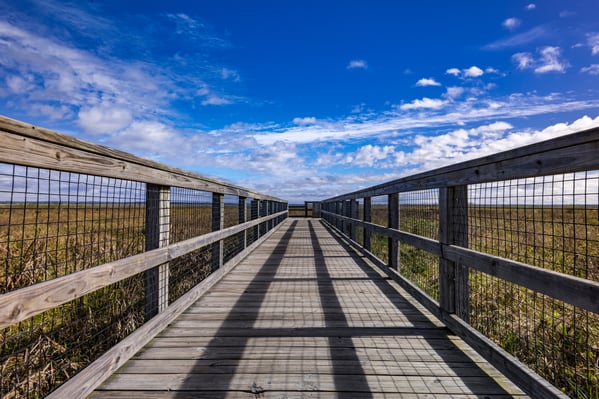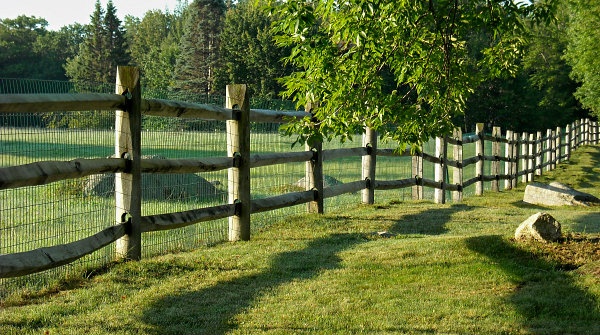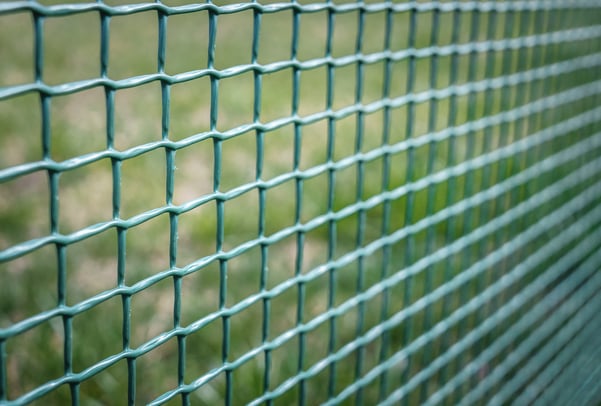What is Yard Gard?
Yard G
Excellent Security
Vinyl coated welded wire yard and garden fencing are simply superior:
- Vinyl protects against the elements.
- Black vinyl helps the fence blend into the environment.
- Welds help create a very strong fence.
- Smaller openings prevent fence climbing.
- No sharp edges keep people and animals protected.
So Many Reasons
In other words, high-quality vinyl coated wire meshes are strong and durable - perfect for lawn and garden fencing, pet enclosures, boundary fence, children's play areas and many other uses. The heavy, resilient, flexible black PVC coating is permanently bonded to the galvanized core wire. It will not crack or peel and is unaffected by extreme temperatures. UV inhibitors retard degradation from sunlight. With the double protection of galvanized core wires and vinyl coating, these lawn and garden fence meshes will withstand the elements for many years. Be forewarned: big box stores will supply the cheapest quality fencing with vinyl coating that can be substandard.
Three mesh sizes are available: 2" x 2", 1-1/2" x 4" and 2" x 4". The narrow mesh openings discourage fence climbing. We also offer different gauges: 11, 12 1/2, 14 and 16. Check out our Lawn & Garden fences.

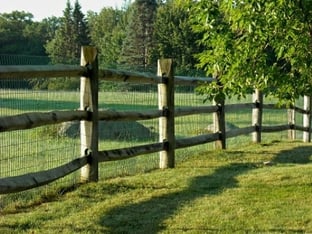

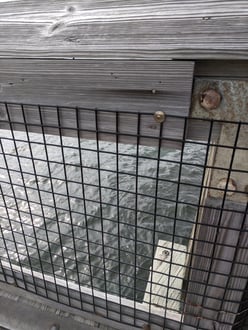



.jpeg?width=354&name=AdobeStock_207045510%20(1).jpeg)

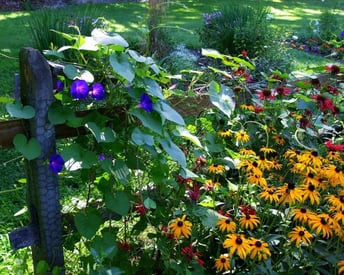




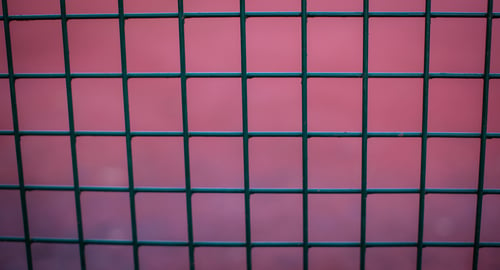

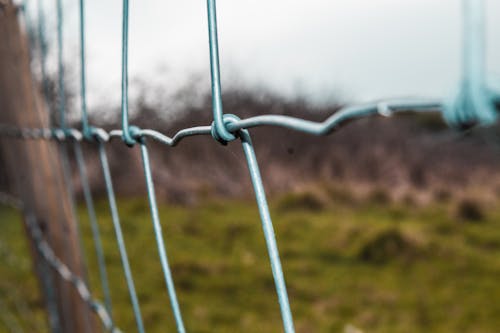
.jpeg?width=296&name=AdobeStock_207045510%20(1).jpeg)

